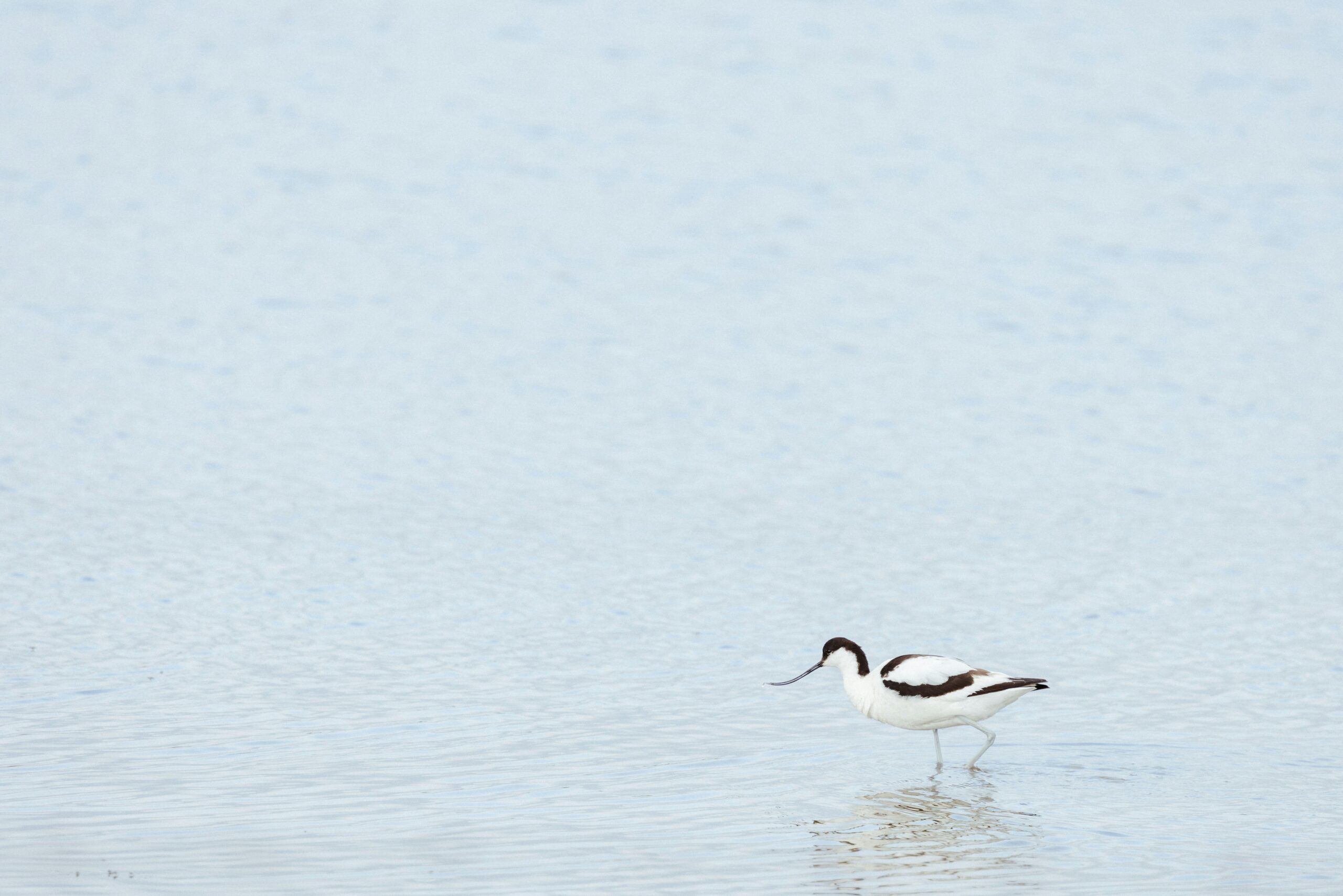Photo by Annie Spratt
Plastic bio-bead pollution from a Southern Water treatment works failure has now been found in the sensitive saltmarsh habitat at Rye Harbour Nature Reserve, approximately two miles south-west of Camber Sands where millions of the pellets first washed ashore in early November.
Sussex Wildlife Trust confirmed on 14 November that monitoring had revealed bio-bead pollution in the saltmarsh at the internationally important nature reserve. “This incident could have a devastating impact on the fragile saltmarsh habitat and its wildlife,” the Trust said in a statement. “The clean-up of this sensitive habitat will be complicated and needs to be carefully planned. We need to fully understand the extent to which the pollution has affected the reserve.”
The bio-beads—small plastic pellets used in biological aerated flooded filter (BAFF) media systems—were released when a screening filter failed at Southern Water’s Eastbourne Wastewater Treatment Works in late October. The company believes the incident was caused by a mechanical failure during Storm Benjamin, which led to the beads being pumped into the sea via a long-sea outfall more than 3km offshore.
Between 7-10 November, communities in East Sussex discovered a continuous thick black line made up of millions of black plastic pellets washed up along Camber Sands. Andy Dinsdale of environmental group Strandliners described it as the worst pollution event he had seen.
The pollution has since spread along the coast, with beads found at Hastings, Dungeness, and as far as St Mary’s Bay in Kent—a distance of over 10 miles. Modelling by Strandliners and MTS-CFD Ltd suggests that assuming a 10-tonne discharge of around 160 million beads, approximately 78% had beached by 8 November.
Helena Dollimore MP for Hastings and Rye expressed concerns about the saltmarsh contamination: “I am sorry to say that on Thursday plastic beads have been found in the saltmarsh at Rye Harbour Nature Reserve. The Sussex Wildlife Trust team there is working really hard to protect the wildlife.”
Rye Harbour Nature Reserve is one of the largest and most important wildlife sites in England, home to more than 4,355 species of plants and animals including 300 that are rare or endangered. It has been designated a Site of Special Scientific Interest, a Special Protection Area, a Special Area of Conservation and a Ramsar wetland site of international significance.
The incident has raised serious questions about the continued use of bio-bead technology. At least 15 English sewage plants on the south coast use the same plastic beads, with most built about 30 years ago. Rob Abrams of Surfers Against Sewage warned: “Once released, bio-beads behave like any other microplastic: they can be ingested by fish, seabirds and shellfish, enter the food chain, carry harmful pollutants on their surface, and pose risks to human health.”
Research has shown that bio-beads contain up to four times the levels of cancer-causing polycyclic aromatic hydrocarbons (PAHs) than standard plastic nurdles, as well as high levels of bromine, cadmium, and heavy metals, likely originating from electronic waste.
Southern Water has committed to an independent investigation into the cause and expert advice on longer-term impacts. The company reports that around 80% of beads initially deposited at Camber have been removed, though modelling forecasts suggest residual beads may remain highly dispersed off the coast between Eastbourne and St Mary’s Bay.
Sluice gates on the marsh have been closed to prevent further entry of seawater carrying beads. The Environment Agency has confirmed it will not hesitate to take robust enforcement action where appropriate as its active investigation continues.
